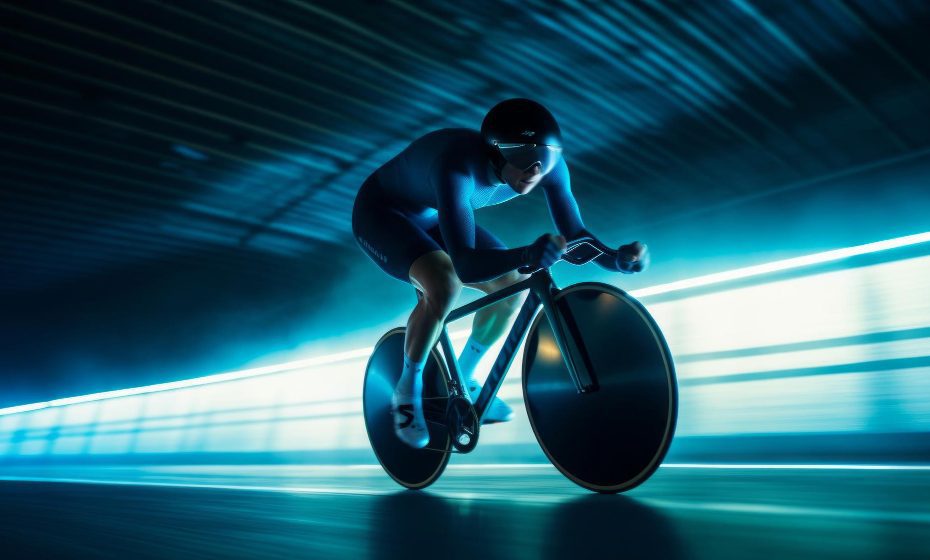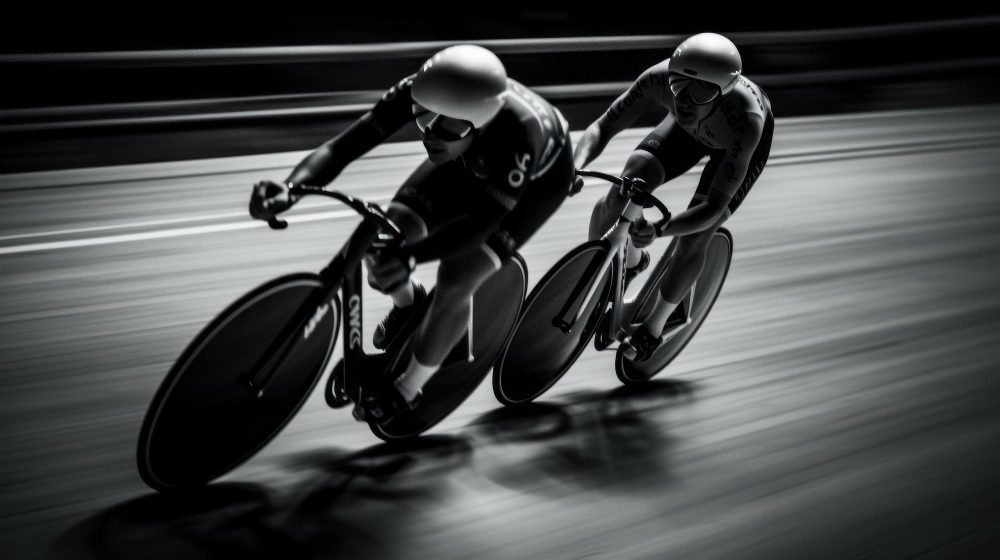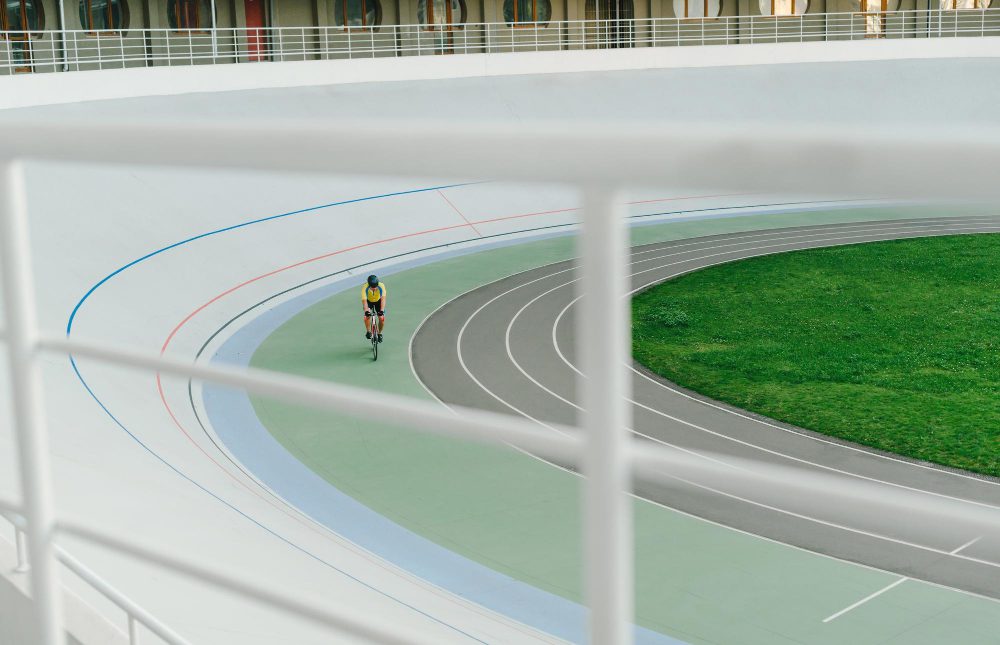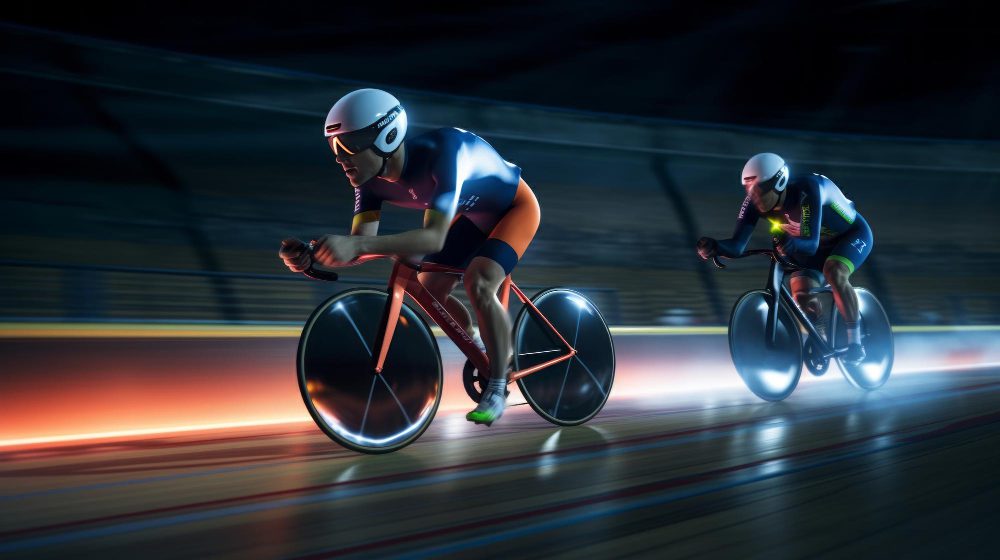Do Velodrome Bikes Have Brakes?
Introduction
Velodrome biking, also known as track cycling, is a thrilling and competitive sport that has gained significant popularity in the UK. It takes place on a specifically designed indoor or outdoor track called a velodrome. One of the most intriguing aspects of velodrome bikes is their unique design and features. One question that often arises is whether these bikes have brakes. In this article, we will explore the fascinating world of velodrome bikes and find out the truth behind their braking mechanisms.
Understanding Velodrome Bikes
To comprehend why velodrome bikes may or may not have brakes, it’s essential to understand their specific purpose and the environment in which they are used. Velodrome bikes are meticulously engineered for high-speed racing on a smooth, oval-shaped track. The absence of potholes or obstacles makes braking less necessary compared to bikes used on public roads.
The Pursuit of Speed
The primary focus of velodrome biking is achieving maximum speed and efficiency. Every aspect of the bike, from its frame geometry to the materials used, is optimized to minimize aerodynamic drag and maximize power transfer. The absence of unnecessary components contributes to the bikes’ lightweight construction, allowing riders to maneuver quickly and maintain high speeds.
Brakeless Design
Contrary to conventional bikes, the majority of velodrome bikes are designed without brakes. This deliberate omission serves multiple purposes within the context of track cycling. Firstly, eliminating brakes helps to reduce the overall weight of the bike, enabling riders to accelerate faster and maintain higher speeds. Secondly, the absence of brakes prevents accidental contact with the wheels during close racing, reducing the risk of crashes.
“The lack of brakes enhances the pureness of the sport and requires riders to rely solely on their skill and tactics.”
Brake Safety Mechanisms
While velodrome bikes may not have traditional braking systems like those found on road or mountain bikes, safety measures are still in place to maintain control during races. Riders are trained extensively to use various techniques to control their speed, such as “resistance” or “compression braking,” which involves applying backward pressure on the pedals. The steep angles of the banking on the track also assist in reducing speed when necessary.
How do you stop in a velodrome?
When it comes to cycling in a velodrome, one important skill to master is how to come to a safe and controlled stop. Whether you’re a beginner or an experienced rider, knowing the proper techniques for stopping in a velodrome is essential for your safety and the safety of others.
1. Gradual Deceleration
While riding at high speeds on a velodrome, it’s important to avoid sudden stops. Instead, focus on gradually decelerating by reducing your pedaling effort and easing the pressure on the pedals. This will allow you to maintain control and stability as you slow down.
2. Use Your Legs
In addition to reducing your pedaling effort, you can also use your legs to assist in the stopping process. By applying backward pressure on the pedals, you can create resistance and help slow down your bike. Remember to keep your body weight centered and use your core muscles to maintain balance.
3. Utilize the Banking
One advantage of velodrome cycling is the steep banking on the track. As you approach the end of a lap, gradually move towards the outer edge of the track to take advantage of the higher banking. This will naturally slow down your speed as you negotiate the turn. However, be cautious not to steer too aggressively, as this can lead to loss of control.
4. Avoid Sudden Movements
To ensure a smooth stop, it’s important to avoid sudden movements. Keep your movements steady and controlled, avoiding any abrupt changes in direction or speed. This will help maintain the stability of your bike and prevent accidents or collisions with other riders.
Remember, safety should always be your top priority when cycling in a velodrome. Practice these techniques and build your confidence gradually to become a skilled velodrome rider.
“Mastering the art of stopping in a velodrome is crucial for any cyclist to enjoy the sport safely.”
Are Velodrome Bikes Fixed Gear?
Velodrome bikes, also known as track bikes, are specifically designed for racing on indoor or outdoor velodromes. One of the distinguishing characteristics of these bikes is that they are indeed fixed-gear bicycles, meaning that the pedals and the rear wheel are directly connected through a single gear.
Fixed-gear bicycles have a drivetrain with a single gear ratio, making them simpler in design compared to bikes with multiple gears. This design choice eliminates the need for derailleurs and freewheels.
Unlike conventional bicycles, velodrome bikes do not have brakes. The fixed-gear mechanism allows riders to control their speed by applying backward pressure on the pedals, causing the rear wheel to slow down or stop. This technique, called “skidding,” is commonly used by track cyclists to come to a halt or maneuver around the track.
Advantages of Fixed-Gear Bikes
There are several advantages to riding a fixed-gear bike on the velodrome:
- Simplicity: With fewer moving parts, there is less maintenance required, and the bike is generally more reliable.
- Efficiency: The direct power transfer from the pedals to the rear wheel allows for quick acceleration and optimal energy transfer.
- Handling: The ability to control speed and maneuverability by skidding or spinning the pedals backward provides enhanced control over the bike.
However, it’s important to note that fixed-gear bikes aren’t ideal for all types of cycling. They require a certain level of skill and expertise to handle effectively, and their lack of brakes can be a safety concern when riding on public roads.
“Fixed-gear bicycles are a popular choice among track cyclists due to their simplicity, efficiency, and enhanced control.”
In conclusion, velodrome bikes are indeed fixed gear. They offer unique advantages for track cycling, but it’s essential to consider your experience level and the intended cycling environment before deciding to ride a fixed-gear bike.
What Happens If You Stop Pedaling a Track Bike?
A track bike, also known as a fixed-gear bike or fixie, is a type of bicycle that is popular among cyclists for its simplicity and maneuverability. Unlike a regular bike, a track bike lacks a freewheel mechanism, which means that the pedals are directly connected to the rear wheel. So what happens if you stop pedaling a track bike? Let’s find out.
The Science Behind a Track Bike
To understand what happens when you stop pedaling a track bike, it’s important to grasp the science behind it. As mentioned earlier, the lack of a freewheel mechanism causes the pedals to continuously rotate with the motion of the bike. This means that when you stop pedaling, the bike does not coast and the pedals remain fixed in place.
Slowing Down and Stopping
When you stop pedaling a track bike, it can be a bit different from stopping a regular bike. Since the pedals are fixed to the rear wheel, the momentum of the bike will naturally slow down due to various factors such as friction, wind resistance, and terrain. However, without continuous pedaling, the bike will eventually come to a complete stop.
Control and Braking
One of the main concerns when riding a track bike is the ability to control and brake effectively. Unlike a regular bike with multiple gears and brakes, a track bike relies on the rider’s leg power to slow down and stop. This makes it crucial to anticipate your speed, plan ahead, and carefully apply pressure on the pedals to slow down or bring the bike to a halt.
It’s worth noting that experienced track cyclists have mastered the art of controlling their speed and stopping efficiently on a track bike. With practice, riders can skilfully use techniques such as skidding, backpedaling, or applying resistance using the pedals to slow down or stop.
Remember to always prioritize safety when riding a track bike.
If you’re new to track cycling or unfamiliar with fixed-gear bikes, it may take some time to adjust to the different dynamics and braking technique. It’s advisable to start in a controlled environment such as a velodrome or an open space with minimal traffic until you feel confident in your ability to control the bike.
In Conclusion
Stopping and slowing down on a track bike without pedaling can be a unique experience compared to a regular bike. The absence of a freewheel mechanism requires riders to rely on their leg power and skills to control their speed. With practice, riders can become proficient at stopping and slowing down effectively on a track bike.
How do you stop on a track bike?
Track bikes are designed for speed and performance, making them popular among cycling enthusiasts. However, stopping a track bike requires specific techniques due to its fixed gear and lack of brakes. In this article, we will explore different methods for stopping safely on a track bike.
1. Backpedaling
One common technique used to slow down or stop on a track bike is backpedaling. Since track bikes have fixed gears, you can slow down by resisting the forward motion of the pedals. By pedaling backward with force, you create friction that gradually brings the bike to a stop. Remember to maintain control of your bike while backpedaling and anticipate the time it takes to slow down.
2. Skidding
An advanced technique for stopping on a track bike is skidding. Skidding involves locking up the back wheel by shifting your body weight forward and applying pressure on the rear pedal while simultaneously lifting the front wheel slightly off the ground. This causes the back wheel to lose traction, resulting in a controlled skid. Skidding requires practice and experience to master, and it’s important to choose a safe location to practice this technique.
3. Using a front brake
While track bikes traditionally do not come equipped with brakes, some riders may opt to install a front brake for added stopping power. A front brake can provide more reliable and efficient stopping than backpedaling or skidding alone. If you choose to install a front brake on your track bike, it’s crucial to learn proper braking techniques and adjust the brake tension to ensure optimal performance.
Remember, safety should always be your top priority when riding a track bike. Practice these techniques in a controlled environment, such as a track or empty parking lot, before attempting them in traffic or on crowded roads.
Additionally, it’s important to maintain your track bike regularly. Ensure that your tires are properly inflated, the chain is well-lubricated, and the bike is in good working condition. Proper maintenance will help ensure safe and efficient stopping.
| Techniques | Advantages | Disadvantages |
|---|---|---|
| Backpedaling | – Simple technique – No need for additional equipment |
– May take longer to stop compared to other methods |
| Skidding | – Provides quick stopping power – Useful in emergency situations |
– Requires practice – Can cause excessive wear on tires |
| Using a front brake | – Increased stopping power – Reliable in various conditions |
– Need to install and maintain a brake – Changes the traditional track bike setup |
In conclusion, stopping on a track bike requires skill and practice. While backpedaling and skidding are commonly used techniques, some riders may choose to install a front brake for improved stopping power. Whichever method you prefer, always prioritize safety and take the time to perfect your stopping technique.
Are gears allowed in track cycling?
Track cycling, with its fast-paced, adrenaline-fueled races, has long been a thrilling sport that captivates audiences around the world. One question that often comes up among both enthusiasts and newcomers is whether gears are allowed in track cycling events in the UK.
Gear Restrictions in Track Cycling
In the United Kingdom, the use of gears is indeed allowed in track cycling. However, there are specific gear restrictions in place to ensure fair competition and maintain the integrity of the sport. Different categories of track cycling events may have varying gear restrictions, depending on factors such as rider age and experience.
Category-Specific Gear Restrictions
For instance, in youth and junior categories, gear ratios are closely regulated to ensure that young riders can develop their skills without excessive strain or risk of injury. In elite-level competitions, such as the Olympics or professional track cycling events, gear restrictions are in place to create a level playing field for all participants.
It’s worth noting that even though gears are allowed, track bikes typically have a single fixed gear. This means that the cyclist cannot freewheel, and the pedals are directly connected to the rear wheel. This design enhances speed and maneuverability, making track cycling a thrilling spectacle for spectators.
The Importance of Gear Selection
While gears may be allowed, understanding gear selection is crucial for track cyclists. The right gear ratio can significantly impact a cyclist’s performance, particularly during sprints and accelerations. Choosing the appropriate gear ratio can optimize power transfer, cadence, and overall efficiency, giving riders a competitive advantage.
“The correct gear ratio can be the difference between victory and defeat in track cycling.”
Track cyclists and their coaches spend considerable time experimenting with different gear ratios during training sessions to find an optimal combination suited to their specific riding style and event requirements.
Conclusion
In summary, while gears are allowed in track cycling events in the UK, there are gear restrictions in place to ensure fair competition. Whether you’re a beginner or a seasoned track cyclist, understanding gear selection and finding the right gear ratio is crucial for enhancing performance on the velodrome. So, next time you watch a track cycling event, keep an eye on the riders’ gear choices and appreciate the impact they have on the outcome of each thrilling race.



